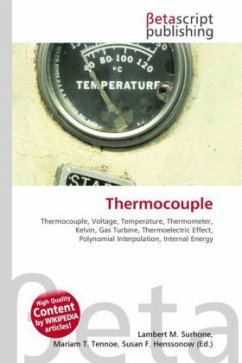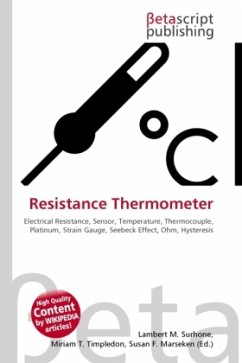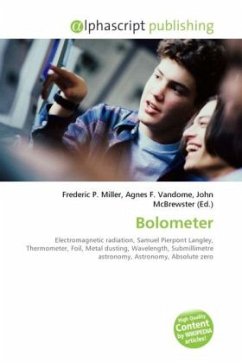High Quality Content by WIKIPEDIA articles! Temperature measurement using modern scientific thermometers and temperature scales goes back at least as far as the early 18th century, when Gabriel Fahrenheit adapted a thermometer (switching to mercury) and a scale both developed by Ole Christensen Røemer. Fahrenheit's scale is still in use, alongside the Celsius scale and the Kelvin scale.Many methods have been developed for measuring temperature. Most of these rely on measuring some physical property of a working material that varies with temperature. One of the most common devices for measuring temperature is the glass thermometer. This consists of a glass tube filled with mercury or some other liquid, which acts as the working fluid. Temperature increases cause the fluid to expand, so the temperature can be determined by measuring the volume of the fluid. Such thermometers are usually calibrated so that one can read the temperature simply by observing the level of the fluid in the thermometer.
Bitte wählen Sie Ihr Anliegen aus.
Rechnungen
Retourenschein anfordern
Bestellstatus
Storno








